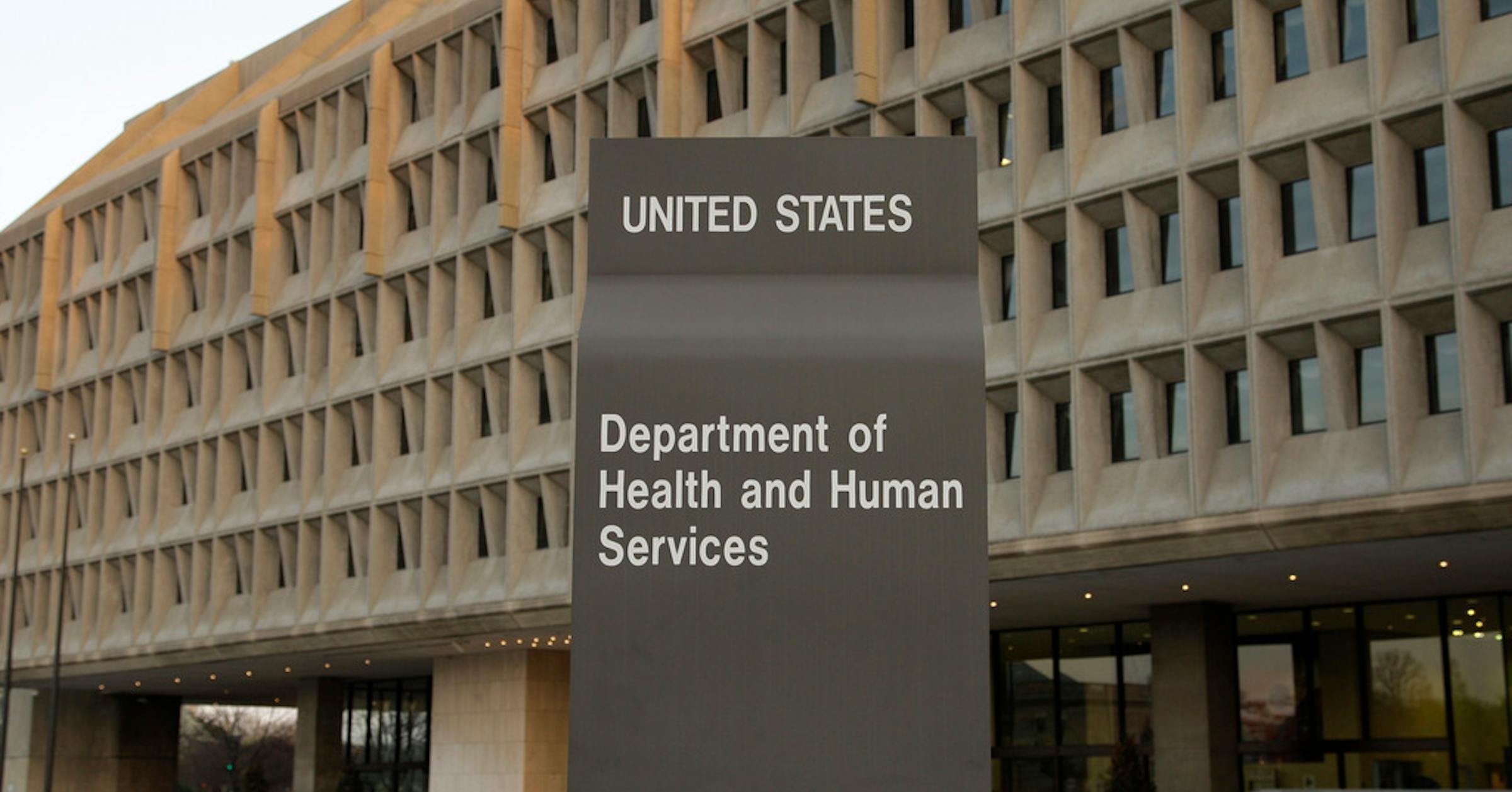Blindsided: State Leaders Decry Abrupt COVID Funding Collapse

In a strategic shift, federal health officials are redirecting pandemic response funds, signaling a definitive end to emergency spending. The Department of Health and Human Services (HHS) is moving away from allocating billions in taxpayer dollars toward a public health crisis that has largely subsided, reflecting the nation's collective transition beyond the peak of the pandemic.
Officials emphasized that the funding reallocation represents a pragmatic approach to managing government resources, acknowledging that the urgent response measures are no longer necessary as Americans have adapted to the post-pandemic landscape. This decision underscores a broader recognition that the immediate health emergency has evolved, allowing for a more targeted and efficient use of federal funds.
